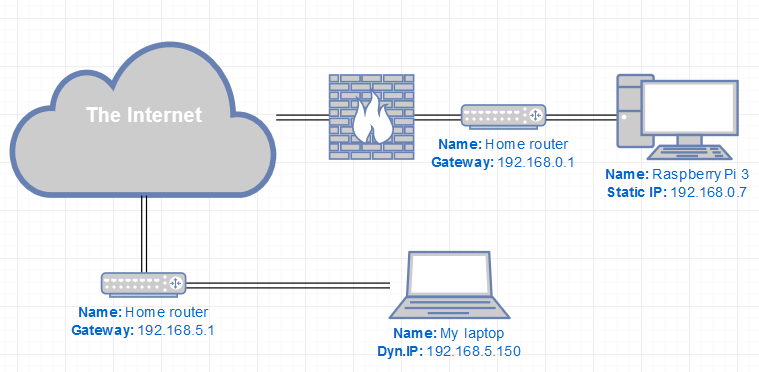
In the PuTTY Key Generator menu, select the “File” tab and click “Load private key.” Open the PuTTy folder on your computer and run puttygen.exe.
#SSH SHELL ACCESS INSTALL#
To follow along from this point on, you’ll need PuTTY, so if you don’t already have it, download and install PuTTY. The key will be saved on your computer with the name “id_rsa.ppk.”

If you click the “Download Key” button, the key will be saved on your computer with the name “id_rsa.”įor this tutorial, we’re going to use the PuTTY SSH program so in the “Convert the “id_rsa” key to PPK format:” section, enter the password or passphrase you specified during key generation, and click the “Convert” button. You have a few options here: click the “Download Key” button, copy/paste the provided key, or convert the key into PuTTY’s PPK format using the Convert option. In the “Private Keys” section of the “Manage SSH Keys” page, click the “View/Download” link or icon. In the “Public Keys” section, click the “Manage” link or icon.Ĭlick the “Go Back” link or icon to get back to the “Manage SSH Keys” page. To authorize SSH access using the private key you just created, click the “Go Back” link or icon.

In the “SECURITY” section, click the “SSH Access” link or icon. Log in to GreenGeeks and go to cPanel by clicking the “cPanel Login” button in the “Quick Server Login” section. Note: as an alternative, web-based terminal access is also available in cPanel if you need to run a quick command or two. This article will detail the process of setting up and using public key authentication for shell, or command line, server access. As a security measure, traditional SSH password authentication is disabled on GreenGeeks servers.


 0 kommentar(er)
0 kommentar(er)
